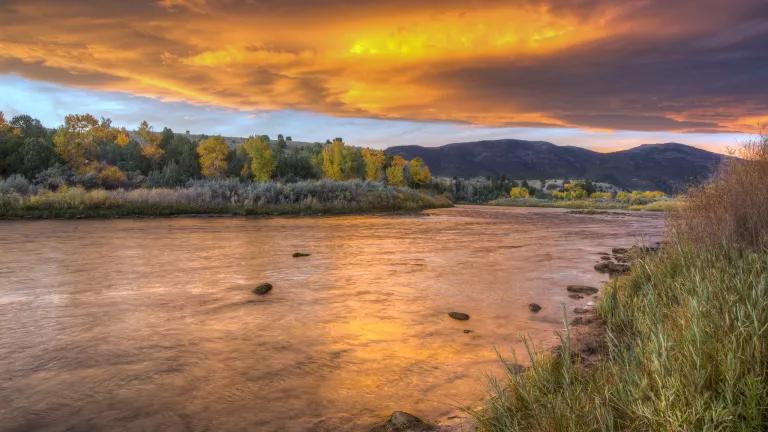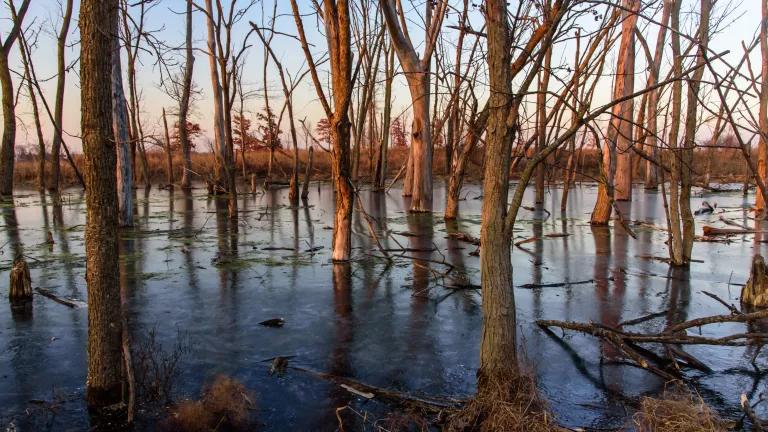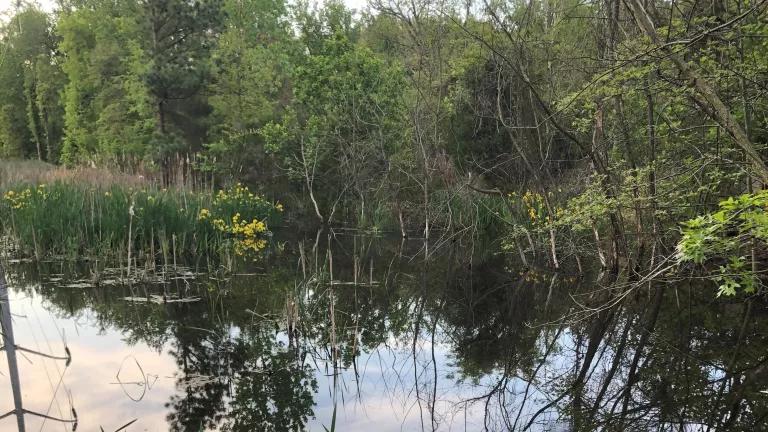
The rivers and streams of our nation’s capital scored a big win recently when the U.S. Environmental Protection Agency (EPA) rejected the District of Columbia’s proposed plan to clean up polluted runoff, which would have taken more than a century to meet clean water standards.
As I wrote about last summer, the District Department of Energy & Environment (DOEE) has been tasked with developing a long-term plan to reduce its discharges of polluted stormwater runoff sufficiently to achieve clean water in the Potomac River, Anacostia River, and Rock Creek. The problem is that DOEE’s proposed plan was a little too long-term. It failed to include any new actions that could reduce polluted runoff quickly, and instead proposed an extremely long schedule that wouldn’t have achieved pollution reduction targets until the year 2154.
NRDC believes a schedule that long is just unacceptable. We submitted detailed comments on the proposal, and in those comments we suggested several actions that the District could incorporate into the plan to speed things up so that Washingtonians can enjoy safe, clean water within our lifetimes. We also sent our comments to EPA, the agency in charge of reviewing and approving the District’s proposed plan.
Earlier this month we were happy to learn that EPA agreed with us and found the plan inadequate. In its comments on the plan, the agency determined that the proposed plan is not approvable as written because “actual management activities and implementation are lacking”—in other words, the District had failed to include additional strategies that could accelerate the clean-up efforts, as we had suggested. EPA said:
“At the current rate of implementation, DOEE projects that all [stormwater pollution reduction targets] will be attained by 2154. EPA finds this end-date to be potentially artificially long.”
The agency echoed our concerns that the proposed plan failed to identify any new stormwater control measures and that it didn’t provide enough clarity for citizens who have a right to know how the District intends to achieve clean water goals. As a result, EPA directed DOEE to strengthen the plan by exploring supplemental opportunities such as:
- Requiring transportation projects in the right-of-way to capture more stormwater runoff;
- Investing more of the District’s resources in multi-beneficial green infrastructure practices that capture rain where it falls (like rain gardens, green roofs, and permeable pavement), focusing those practices on the areas with the greatest pollution problems; and
- Creating incentives for private property owners to retrofit their properties with green infrastructure and other stormwater controls.
NRDC appreciates EPA’s willingness to stand up for clean water and not give the District of Columbia a free pass on this critically important effort. We hope that DOEE will take this feedback to heart and significantly strengthen the plan. In fact, we stand ready to assist the District in exploring new opportunities for reducing runoff pollution, and we hope that DOEE will work together with us on revisions to the plan over the coming weeks.




